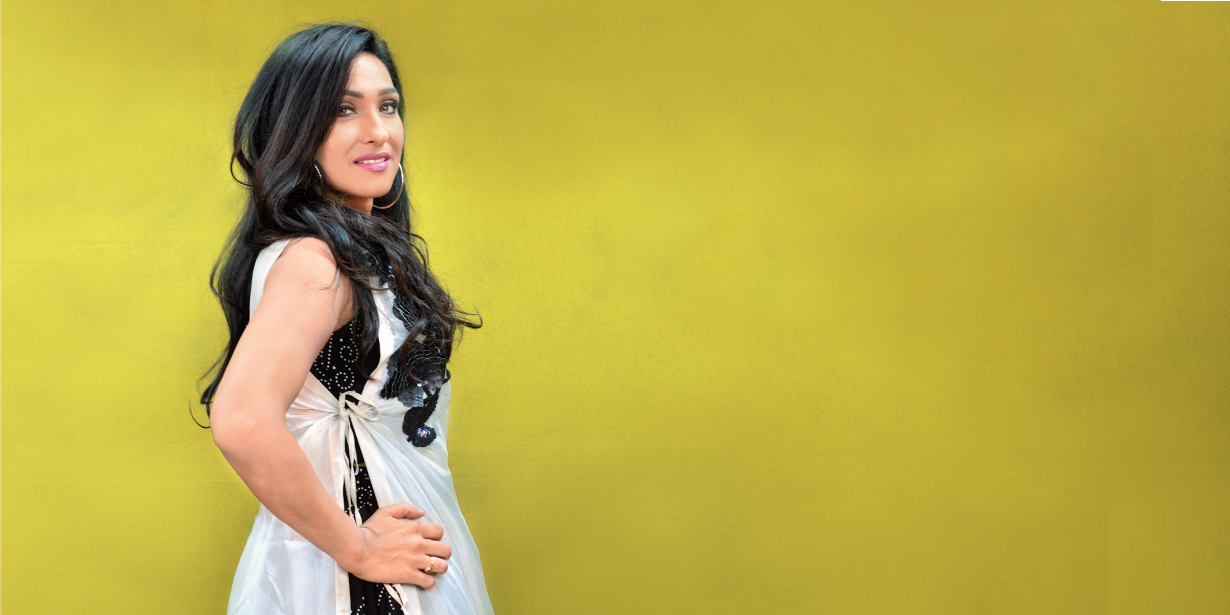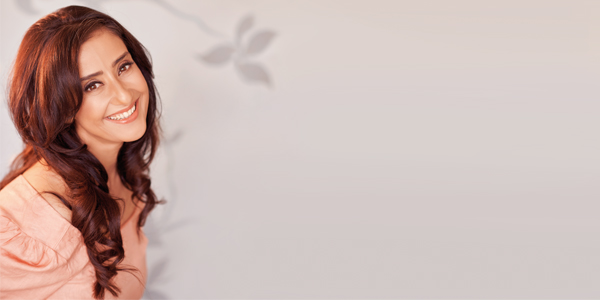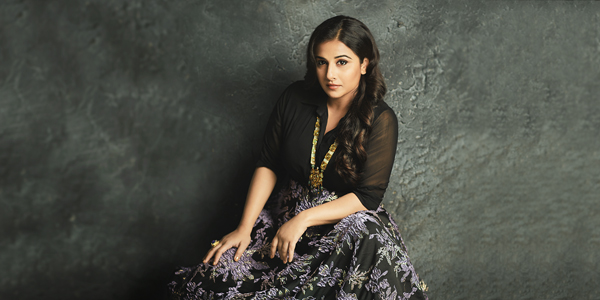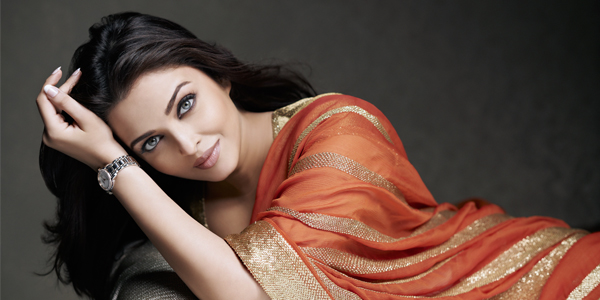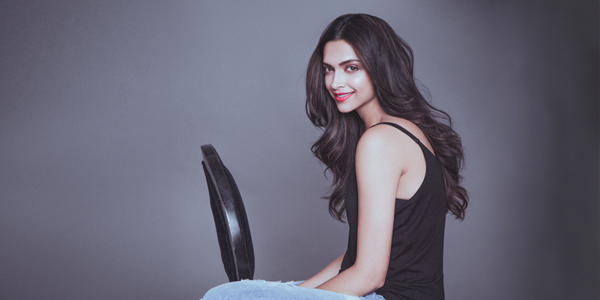Why Rituparna Sengupta is the queen of versatility
Why Rituparna Sengupta is the Queen of Versatility
With her off-beat choices and strong female characters, Sengupta has earned the love of audience and critics alike
Growing up in a simple, middle-class family in Kolkata meant that ‘acting’ as a profession never crossed Rituparna Sengupta’s mind. “There was nothing that could make me feel that I want to be an actor in my childhood days. I always dreamt of being a teacher,” says Sengupta, whose father worked in a pharmaceutical company in a senior post while her mom was a homemaker. Her interest in performing arts was fuelled by the fact that she was enrolled in Odissi and Manipuri dance classes from a very young age. She also participated in numerous extracurricular activities in her school, Carmel convent school, and her college, Lady Brabourne College.
Incidentally, it was during one of her college performances that landed a role in a television series on fairy tales in Bengali language in the early 90s. “It was just a two-day shoot, so I took it up as a fun activity…I was a dancer, so expressions weren’t a problem. The camera is something which needs some sort of adjustment. But overall, it felt like a whole new world,” says Sengupta. This was followed by a role in Prabhat Roy’s Shet Patharer Thala (1992), for which Sengupta won critical acclaim. And soon enough, she became an integral part of this world.
After completing her bachelor’s degree in history honours, Sengupta began working in films across languages including Bengali, Telugu and, eventually, Hindi [Abujh Mon (Bengali), Ghatotkachudu (Telugu) and Main, Meri Patni Aur Woh (Hindi), to name a few]. But her calling remained the Bengali film industry where she has been a part of several path-breaking films. From essaying the pain and anguish of a widow in Aparna Sen’s Paromitar Ek Din to playing the role of a prostitute in Buddhadev Dasgupta’s Mondo Meyer Upakhyan, Sengupta’s filmography is exhaustive as well as diverse. She is also credited for portraying strong female characters in most of her films, and garnering critical as well as commercial success.
And after a career spanning over 26 years, the National-award winning actress says that there is still a lot that is left to be done. “I never got anything on a platter. I have struggled my way up. So when choosing a film, I ensure that my character should have an edge in the film and be important not just for the film, but also the society,” she says as she signs off.
